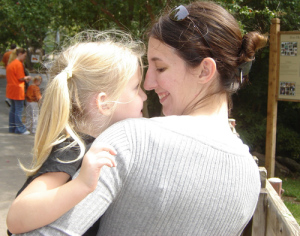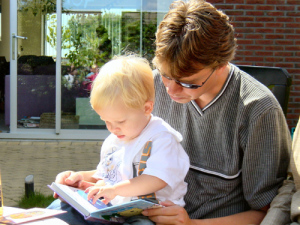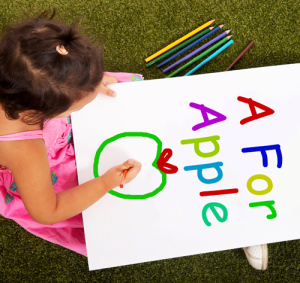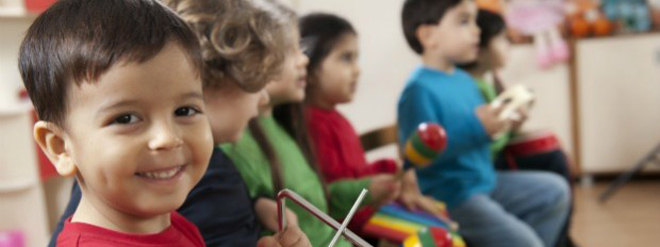
Please remember a learning difficulty is never black and white. Your young child is an individual, different to you and every other child. They may be displaying some, many or all of the following traits.
Here’s what you can look for. Place a marker in the box if you believe your child may exhibit a particular individual trait. This can help you to establish a pattern of behaviour and help you to clarify your thoughts.
Dyslexic indicators for pre-schoolers
▨ Has difficulty learning and remembering nursery rhymes.
▨ Can’t sit still or listen to stories.
▨ Likes listening to stories, but never comments on the words or letters.
▨ Loves listening to stories and can memorize the text of favourite stories without any association to the words.
▨ Has difficulty learning the alphabet song and mixes up the order of the letters.
▨ May have difficulty making connections between letters and sounds.
▨ Cannot recognise the letters in their own name.
▨ Never comments on word or letters in their environment, such as on TV, computers or in advertising.
▨ Has no interest in trying to write letters or words.
▨ Has difficulty drawing or copying basic geometric shapes.
▨ Is constantly clumsy, lacking coordination and general body awareness.
▨ Finds it difficult to use scissors, crayons, paintbrushes etc.
▨ Has trouble counting or learning to identify written numbers.
▨ Has a history of slow speech development and has trouble being understood by strangers.
▨ Has difficulty keeping time or rhythm with sound patterns, such as clapping, music or a regular beat.
▨ Finds it hard to follow more that one instruction at a time.
▨ Has difficulty understanding the meaning of words such as – underneath, beside, around, above, behind etc.
▨ Has trouble locating familiar objects in the home.
▨ Has difficulty putting items away where they belong.
▨ Forgets the names of people, places, teachers, colours, and shapes etc.
▨ Cannot pronounce sounds to learn new words.
▨ Puts clothes on the wrong way round.
▨ Has trouble with gross motor skills such as catching, kicking, throwing, hopping galloping, skipping etc.
▨ When speaking regularly mixes up familiar words like ‘pootfrints’ instead of ‘footprints’.
▨ Often uses baby talk for longer than would be expected.
▨ Has an immediate family member who also displays difficulty with reading, writing and spelling
 Please be aware that it is very common for young children up to the age of 6-7 years to write letters, words and whole sentences backwards. That is from right to left, instead of left to right. Known as ‘transposing’, it is perfectly normal for backwards writing and sometimes reading to occur on occasion. If you point it out to your child, they may acknowledge their mistake and giggle. It is important not to reprimand your young child for making this mistake, as you always want to encourage your young child to “have a go” when learning to write, whether they make mistakes in their writing or not. All attempts at writing need to be celebrated and this is a normal part of writing and reading development. It is not considered an indicator of dyslexia, unless it occurs very regularly or into their later elementary school years.
Please be aware that it is very common for young children up to the age of 6-7 years to write letters, words and whole sentences backwards. That is from right to left, instead of left to right. Known as ‘transposing’, it is perfectly normal for backwards writing and sometimes reading to occur on occasion. If you point it out to your child, they may acknowledge their mistake and giggle. It is important not to reprimand your young child for making this mistake, as you always want to encourage your young child to “have a go” when learning to write, whether they make mistakes in their writing or not. All attempts at writing need to be celebrated and this is a normal part of writing and reading development. It is not considered an indicator of dyslexia, unless it occurs very regularly or into their later elementary school years.
This list of signs and symptoms of Dyslexia was taken from Helping Children With Dyslexia by Liz Dunoon


















